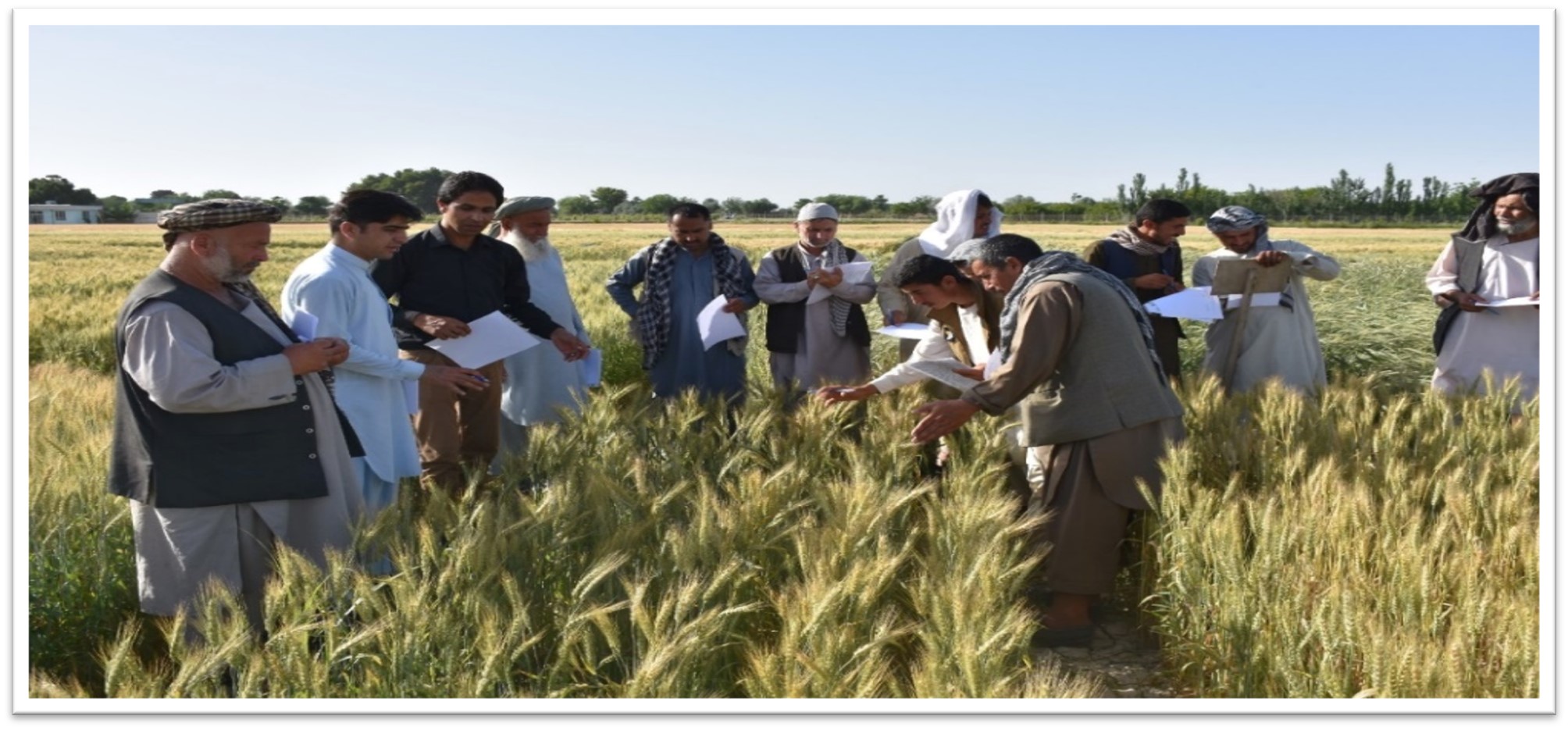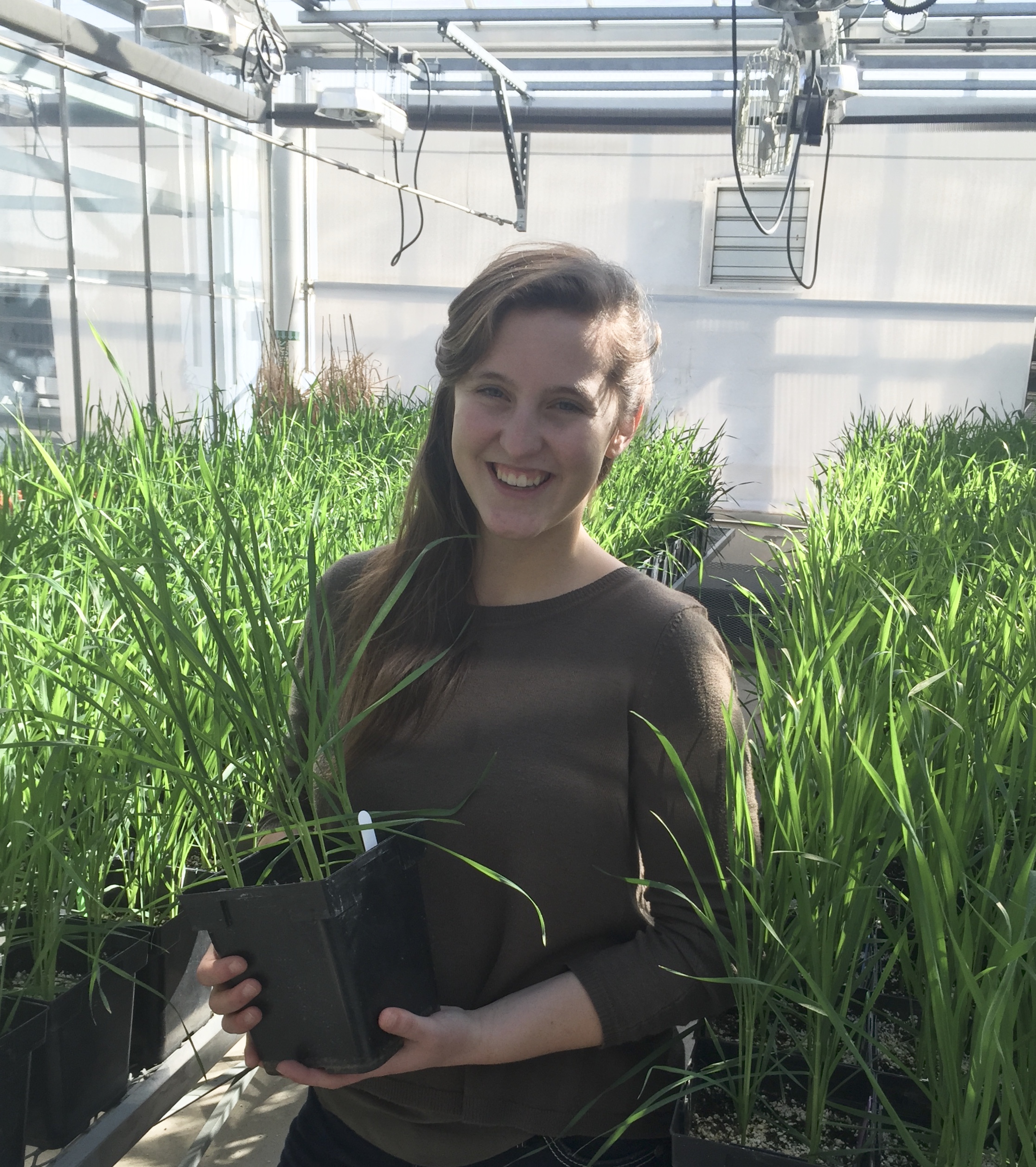Held under the TREATY SBP initiative, the International Soil-Borne Pathogens (SBPs) Workshop (17–20 June 2025) marked an unprecedented scientific and political milestone for wheat security in West Asia and North Africa. Organized within the TREATY project CLIMARES: Improving Food Security in West Asia and North Africa by Identifying and Promoting Climate-Resilient Wheat Varieties Resistant to Soil-Borne Pathogens, the workshop spanned three pivotal Turkish agricultural hubs—Ankara, Eskişehir, and Konya.
This landmark gathering brought together nearly 60 experts from across CWANA—policy makers, national agricultural institutions (TAGEM), CGIAR centers (CIMMYT, ICARDA), genebanks, industry representatives, plant health specialists, and academics—united for the first time on a single high-level platform. It sent a clear message: only coordinated, politically backed action can safeguard regional food systems against escalating climate-driven threats.
The workshop was not only a forum for knowledge exchange but also a hands-on learning opportunity that equipped participants with practical skills. A targeted training course demonstrated how to effectively select bread-wheat lines within breeding programs for resistance to SBPs, focusing on the three most persistent and yield-limiting soil-borne threats: Fusarium crown rot (FCR), cereal cyst nematodes (CCN), and root lesion nematodes (RLN). In Eskişehir, genebank accessions were directly linked to field trials, underscoring the vital role of genetic repositories in breeding pipelines. Parallel TREATY SBP activities were conducted in Morocco, Syria, Iran, Algeria, Lebanon, and Tunisia, demonstrating strong political commitment and harmonization of protocols across borders. Participants also engaged in field visits, laboratory demonstrations, and data interpretation sessions to deepen their understanding of pathogen behavior under different climatic and soil conditions.
Joint germplasm evaluation and selection programs were carried out at the Transitional Zone Agricultural Research Institute (TZARI) in Eskişehir and the Bahri Dağdaş International Agricultural Research Institute (BDIARI) in Konya. From 1,500 bread and durum wheat lines, 312 elite entries were identified through a rigorous selection and evaluation process. Agronomic performance—including yield and disease resistance—was assessed on a 1–5 scale, where 1 and 2 were poor, 3 was good, 4 very good, and 5 excellent. Outstanding genotypes emerged at both locations, demonstrating broad adaptation and resistance to FCR, CCN, and RLN under drought conditions, with BDIARI serving as the main drought center in Türkiye. These high-performing genotypes will now be shared with participating national programs for testing in their respective agroecologies, registered, duplicated in genebanks, and ultimately released for farmer adoption. Similar joint germplasm evaluations are planned for the coming years across regional platforms.
A key takeaway was the pivotal role of multi-disease and multi-environment trials in identifying resilient wheat lines. Data presented showed several advanced lines consistently performing at the top under diverse environmental and disease pressures. This reinforced the importance of integrating disease screening with broader agronomic evaluations to accelerate the development and deployment of climate-resilient varieties.
Beyond scientific achievements, the TREATY SBP workshop catalyzed a new level of political and institutional alignment. Roundtable discussions and strategic planning solidified shared protocols, data frameworks, and a common roadmap to address region-wide wheat vulnerabilities. It served as both a technical and symbolic milestone—a declaration of unity and purpose from the WANA region in the face of climate change, rising disease pressure, and food insecurity. With strong commitments to collaborative breeding, resource sharing, and joint evaluation platforms, the TREATY SBP project stands as a powerful model of regional resilience and scientific diplomacy—showing how collective action can reshape agriculture in the face of disease and climate change.
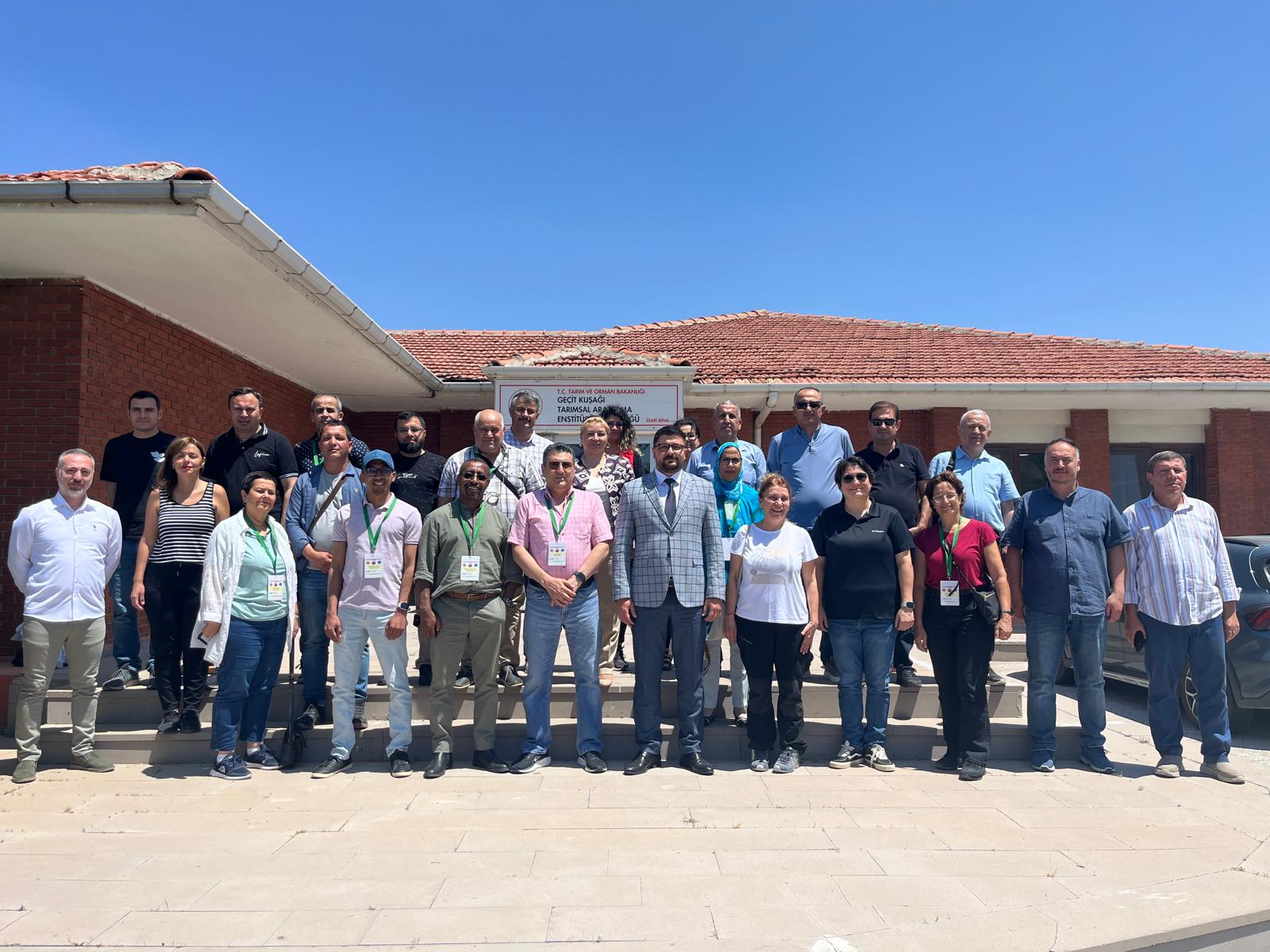
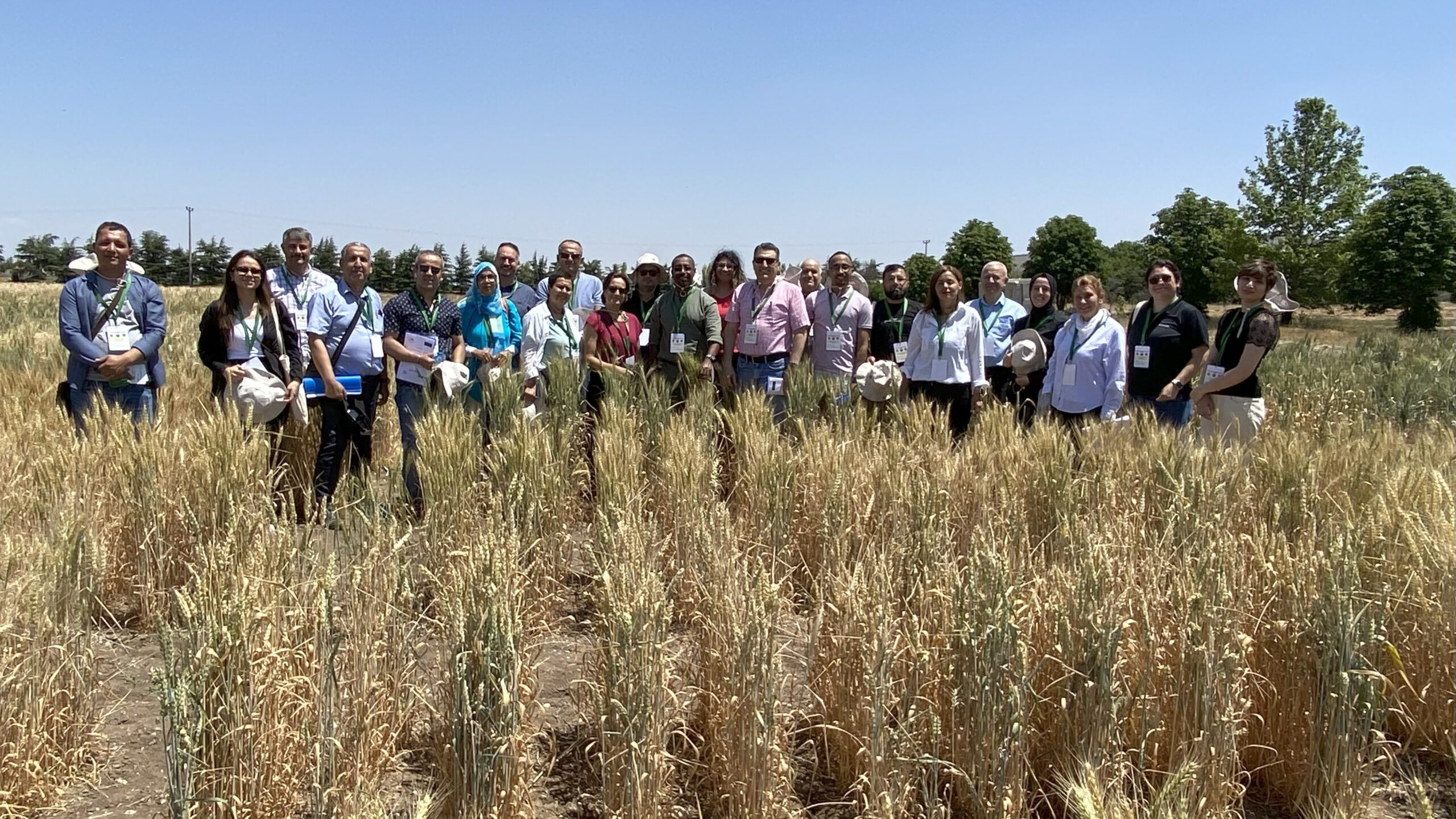
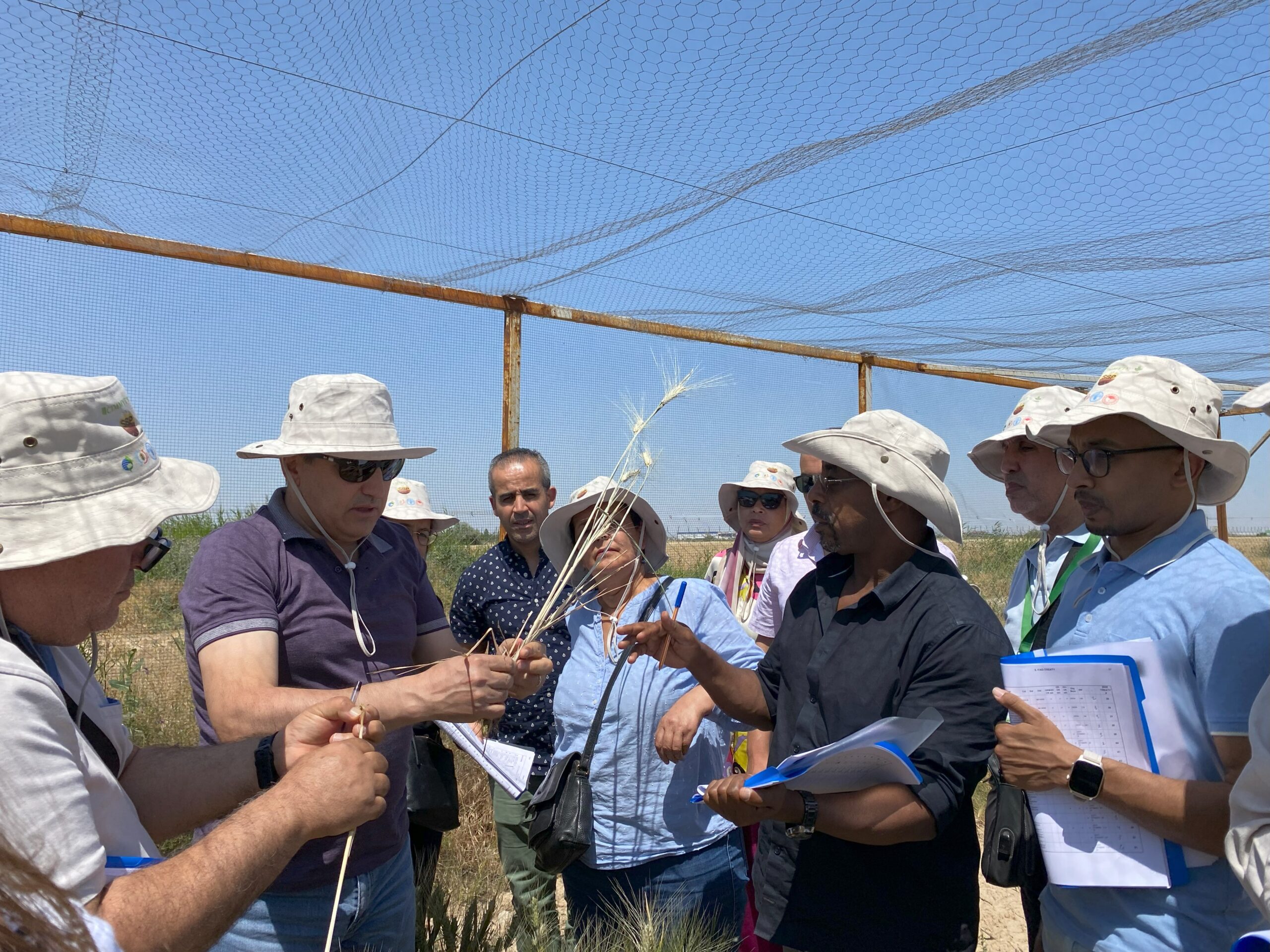
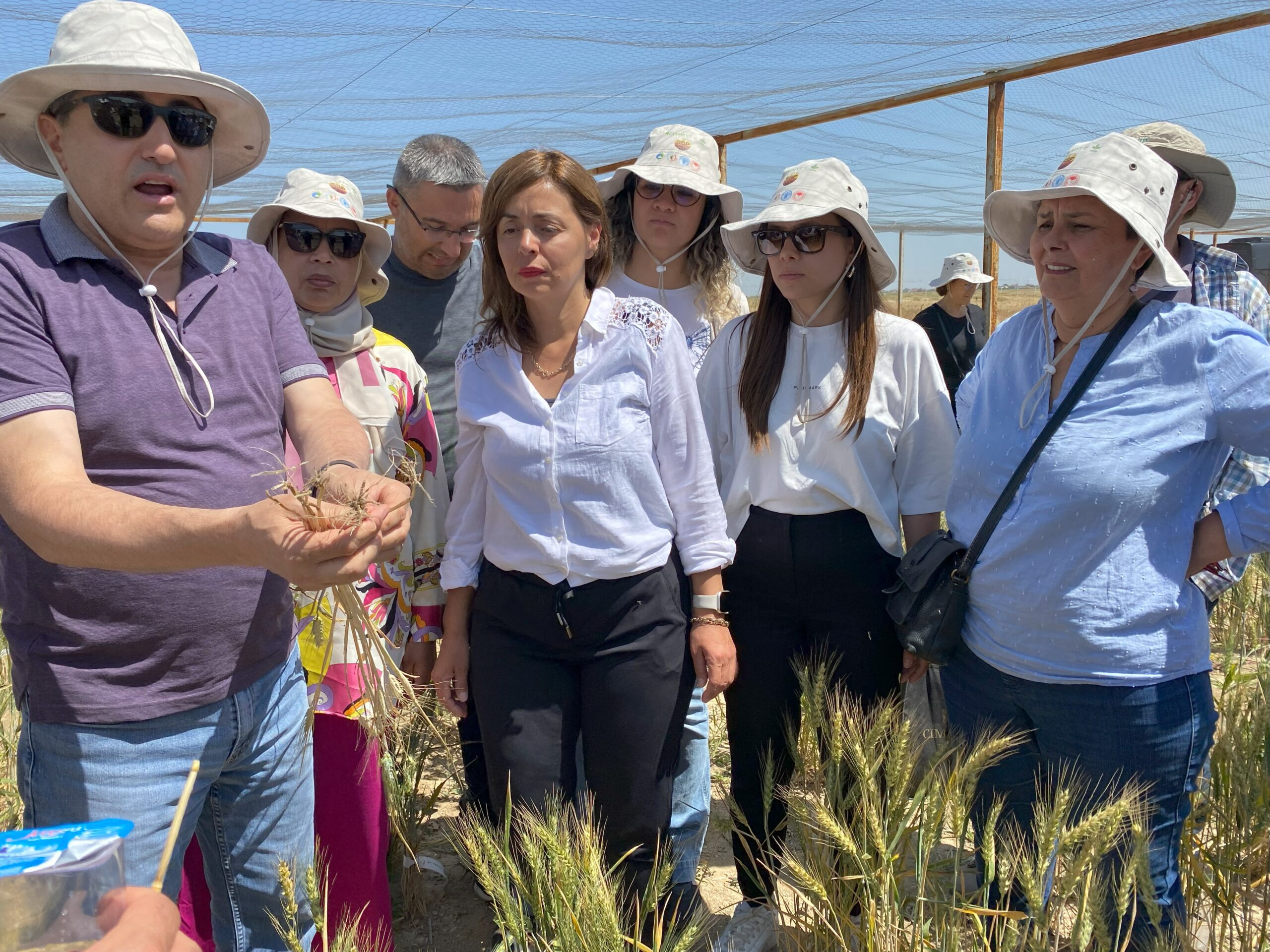
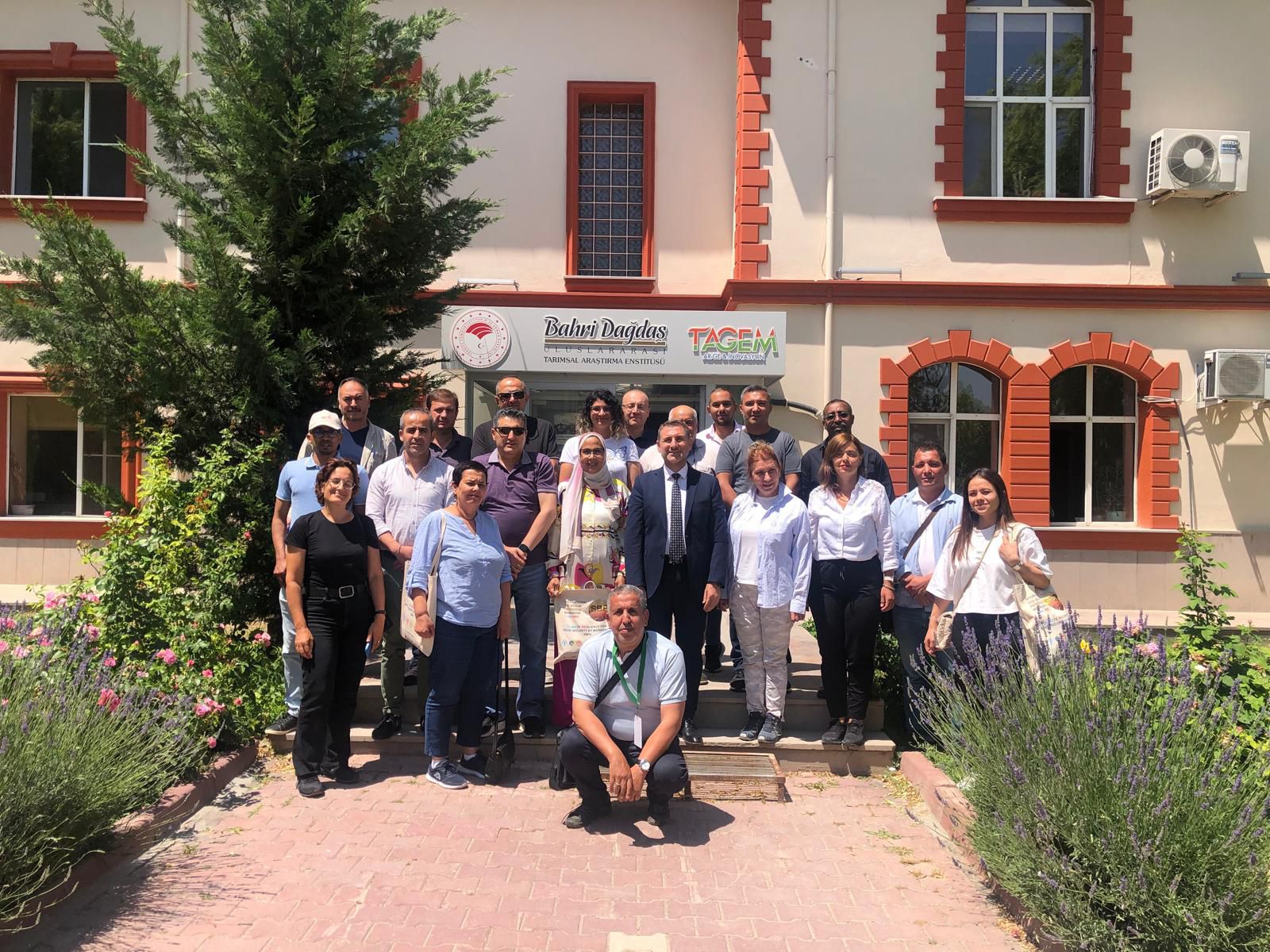
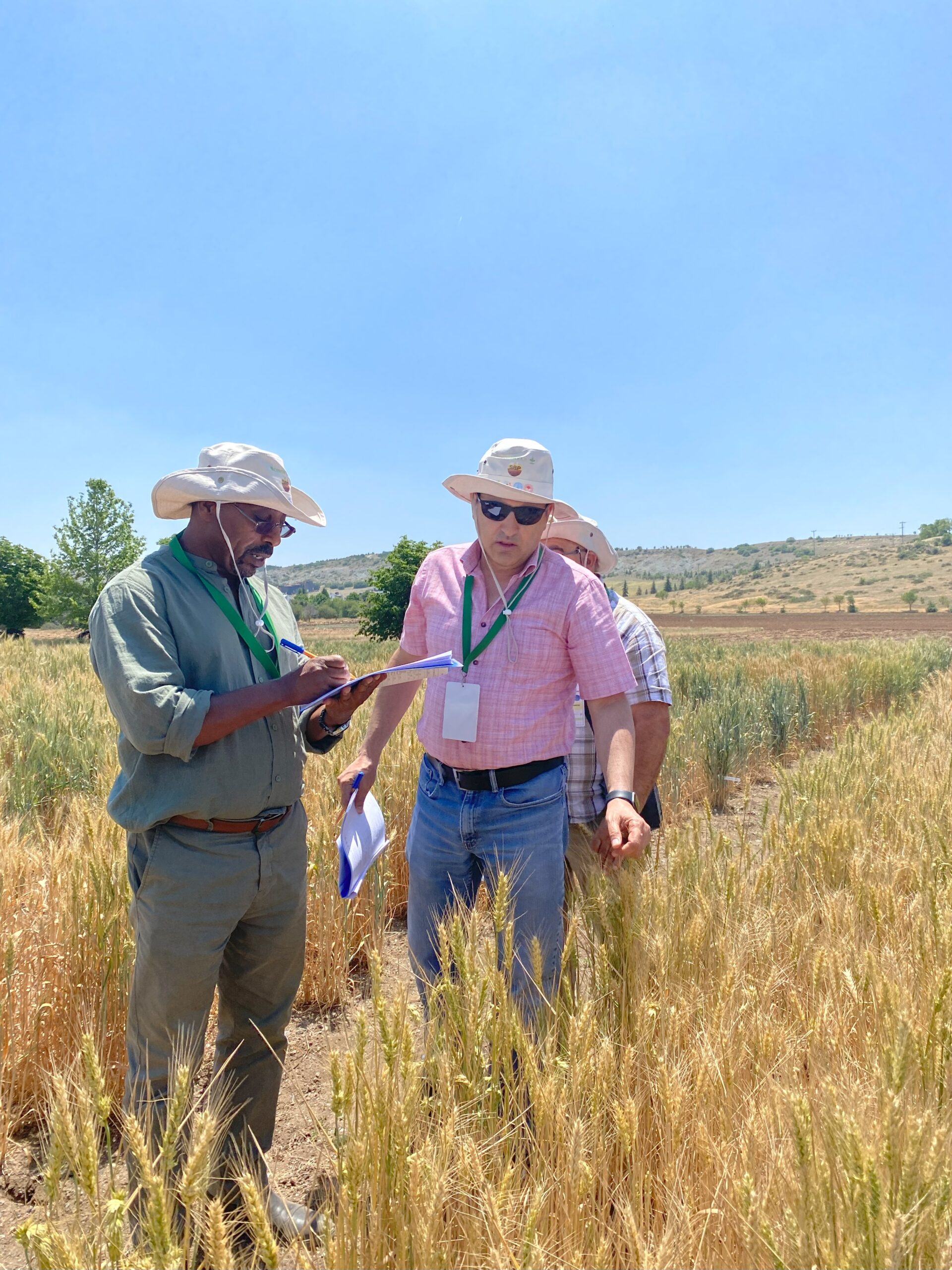
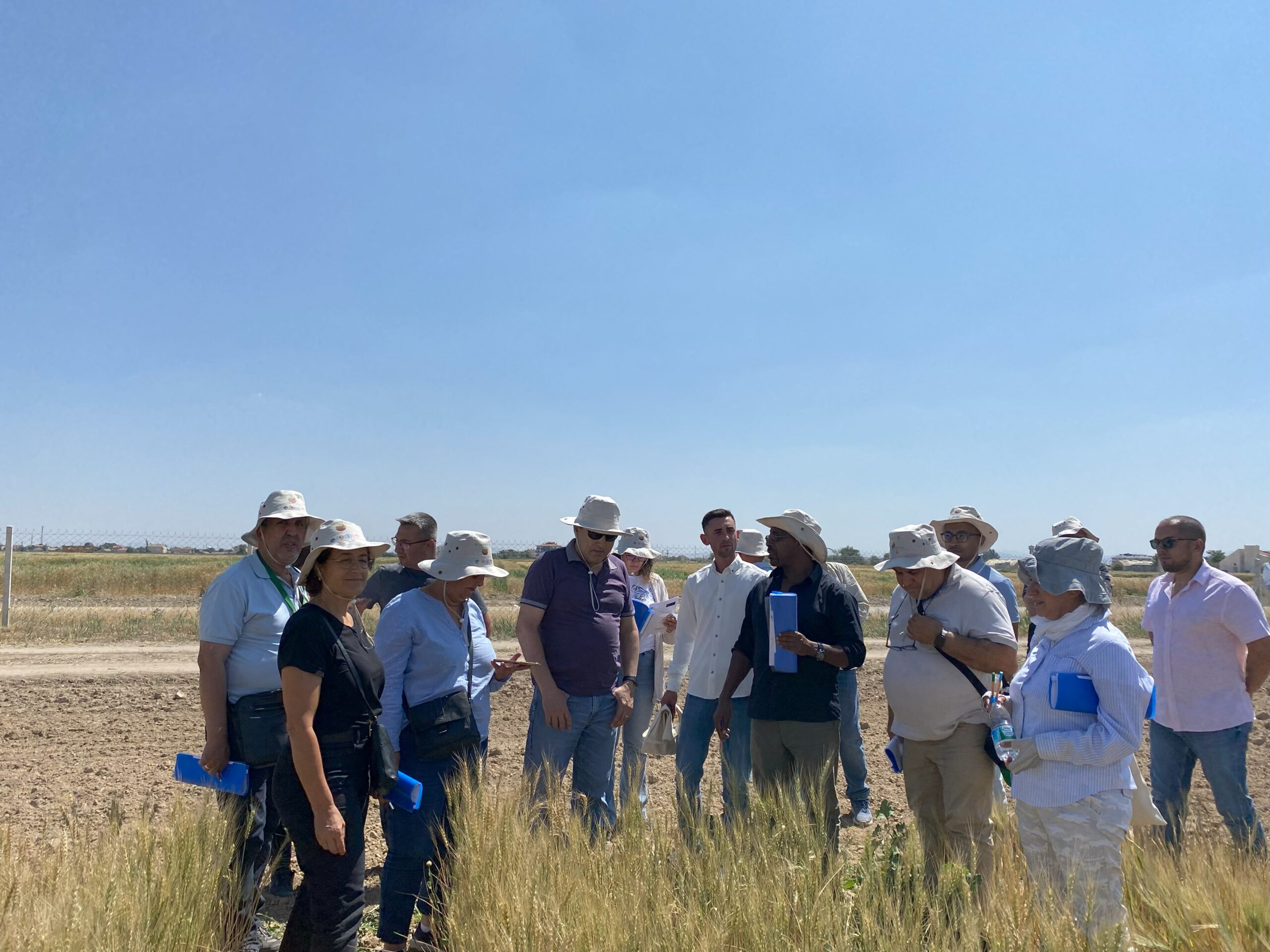
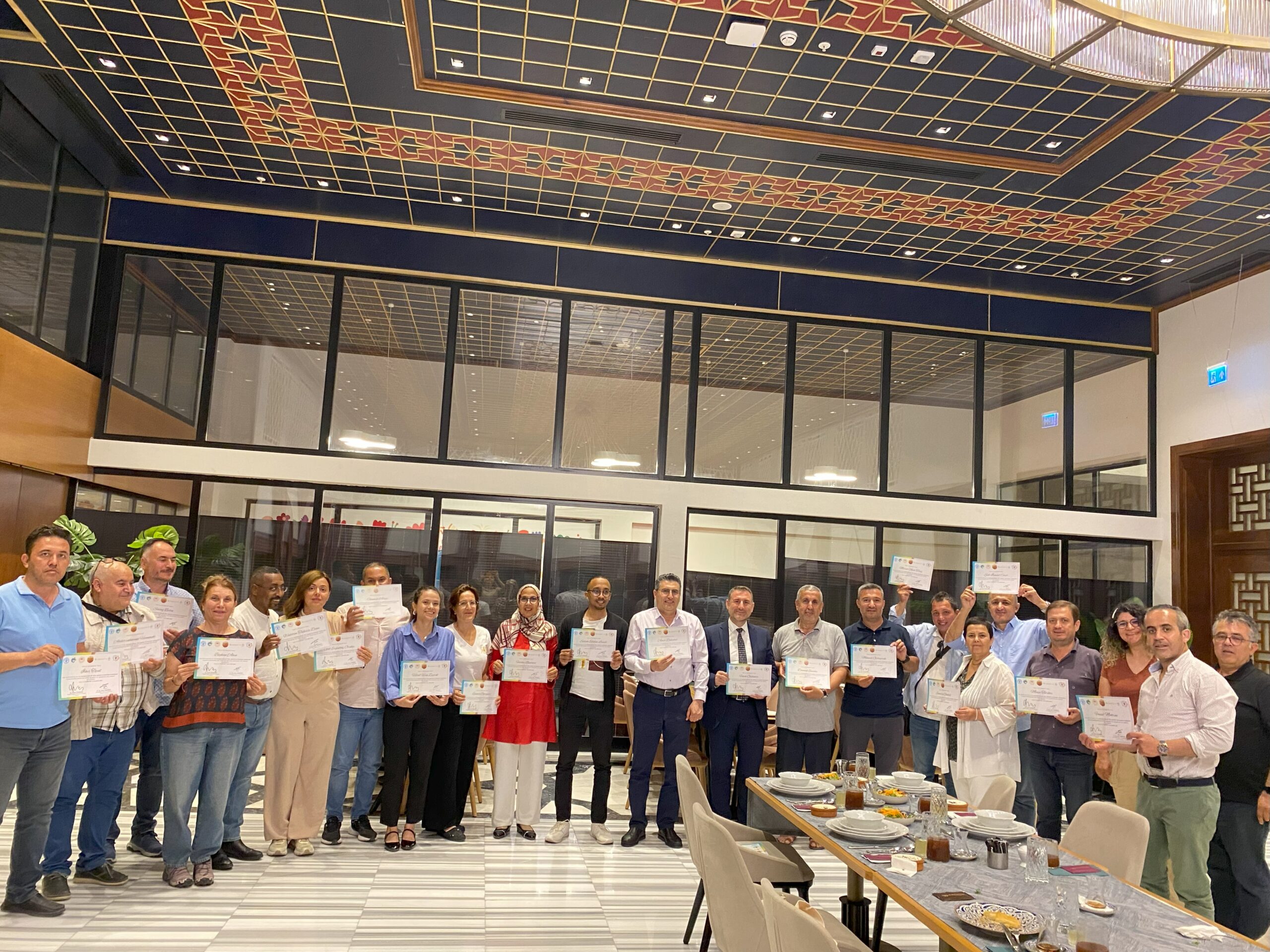
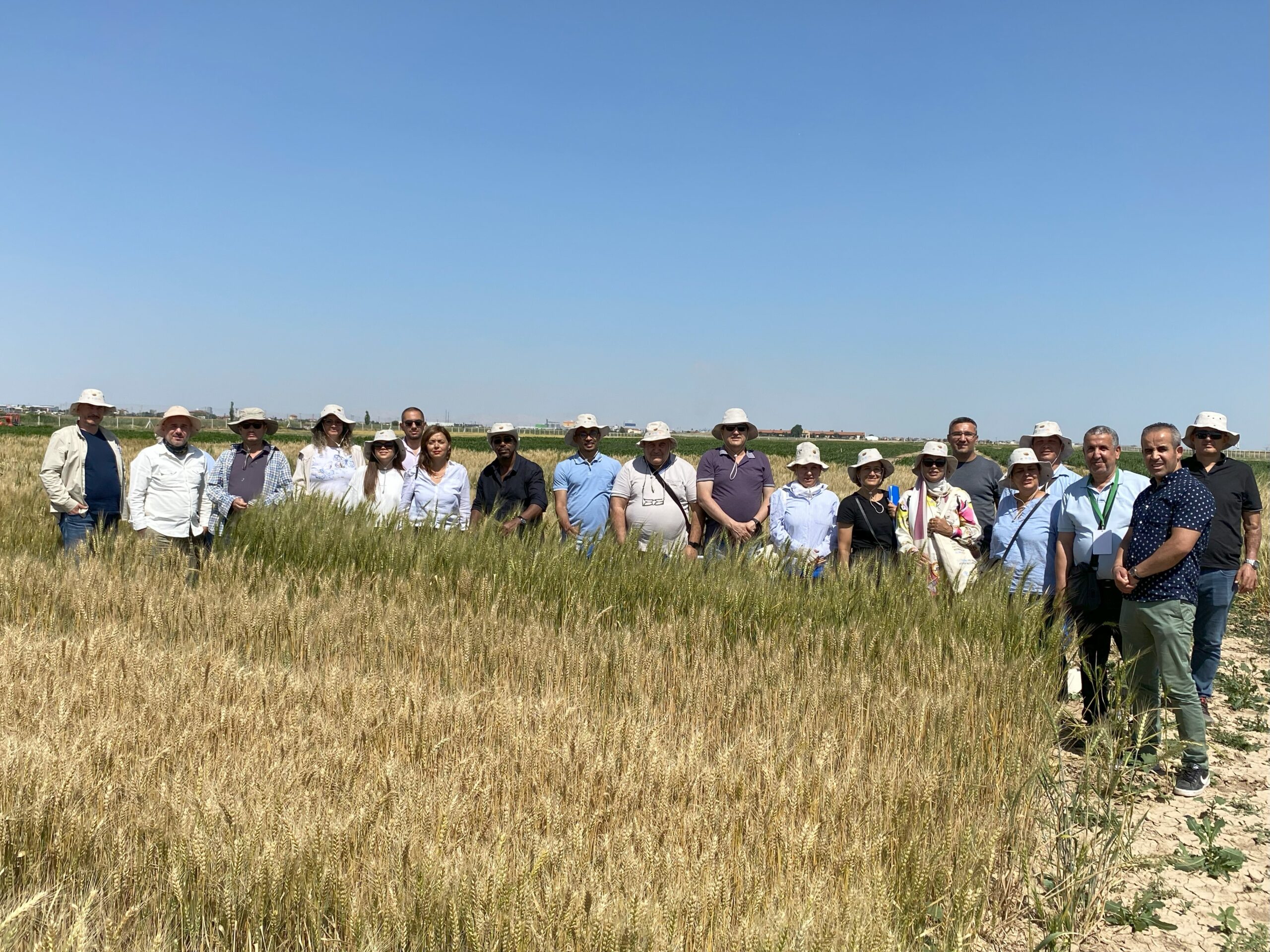

 Climate adaptation and mitigation
Climate adaptation and mitigation 